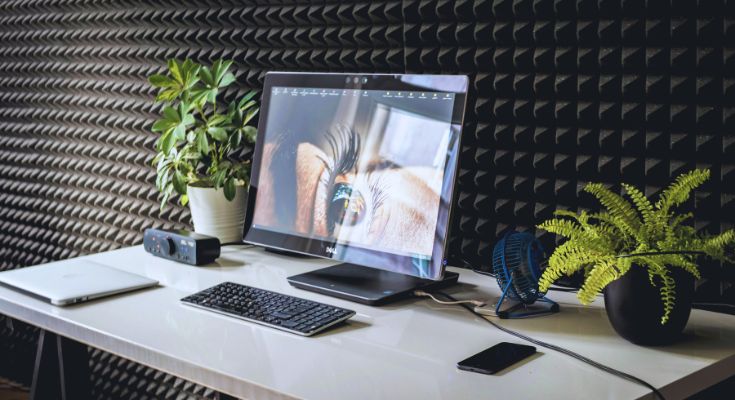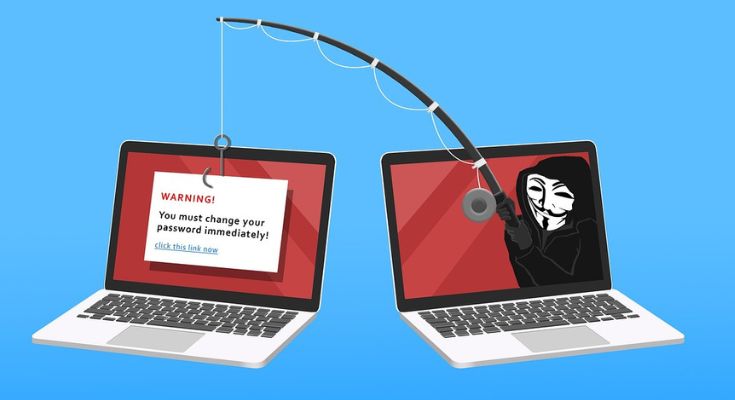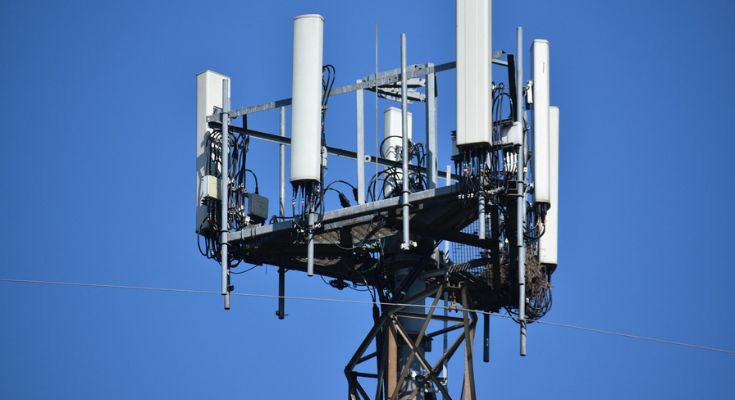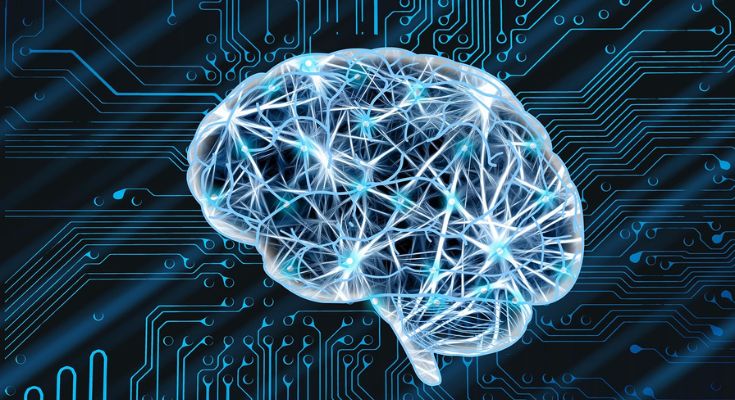Is your computer dragging its feet?
Does it take forever to boot up, load applications, or even just browse the web?
A slow computer can be incredibly frustrating, costing you precious time and hindering your productivity. But don’t despair! Often, a few simple tweaks and maintenance tasks can breathe new life into your aging machine and get it running smoothly again. This blog post will guide you through some actionable steps to speed up your slow computer and reclaim your digital time.
Declutter Your Digital Space: Cleaning Up Unnecessary Files
One of the most common culprits behind a sluggish computer is the accumulation of unnecessary files. Over time, your hard drive can become cluttered with temporary files, downloaded installers, old documents, and other digital debris. These files not only take up valuable storage space but can also slow down your system’s performance.
- Empty the Recycle Bin: This is the easiest step! Make sure to regularly empty your recycle bin to permanently delete files you no longer need.
- Delete Temporary Files: Windows creates temporary files that are often left behind. Use the Disk Cleanup utility (search for it in the Start Menu) to remove these files.
- Uninstall Unused Programs: Take a look at your installed programs and uninstall any applications you no longer use. They might be consuming resources even if you don’t actively use them.
- Organize Your Files: A disorganized hard drive can also contribute to slowdowns. Organize your files into folders and delete duplicates or outdated versions.

Streamlining Startup: Optimizing Startup Programs
Many programs automatically launch when you turn on your computer. While some are essential, others can significantly slow down the boot process. Optimizing your startup programs can drastically reduce the time it takes for your computer to become usable.
- Use the Task Manager: Press Ctrl + Shift + Esc to open the Task Manager. Go to the “Startup” tab and disable any programs that you don’t need to launch immediately at startup. Be cautious and avoid disabling essential system processes.
- Consider Startup Impact: The Task Manager also shows the “Startup impact” of each program, allowing you to prioritize which ones to disable.
Keeping Your Hard Drive Healthy: Defragmentation (If Applicable)
Defragmentation is a process that rearranges fragmented files on your hard drive, making it easier for your computer to access them. This can improve performance, especially on older hard drives (HDDs). However, modern Solid State Drives (SSDs) handle data differently and generally don’t require defragmentation. In fact, defragmenting an SSD can sometimes be detrimental.
- Check Your Drive Type: Determine whether you have an HDD or an SSD. You can usually find this information in your computer’s system settings.
- Defragment HDDs: If you have an HDD, use the built-in Disk Defragmenter utility (search for it in the Start Menu) to defragment your drive.
- Avoid Defragmenting SSDs: If you have an SSD, do not defragment it. Instead, ensure that TRIM is enabled in your system settings, which helps optimize SSD performance.
Protecting Your System: Checking for Malware
Malware, such as viruses and spyware, can significantly impact your computer’s performance. These malicious programs can consume system resources, slow down your internet connection, and even cause system crashes.
- Run a Full System Scan: Use your antivirus software to perform a full system scan to detect and remove any malware.
- Keep Your Antivirus Updated: Ensure that your antivirus software is up-to-date with the latest virus definitions to protect against new threats.
- Be Cautious Online: Avoid clicking on suspicious links or downloading files from untrusted sources.
Conclusion: A Faster Computer is Within Reach
A slow computer can be a major source of frustration, but by following these simple tips, you can often significantly improve its performance. From cleaning up unnecessary files to checking for malware, these steps can help you reclaim your digital time and enjoy a smoother computing experience.
Remember to perform these maintenance tasks regularly to keep your computer running at its best. So, take a few minutes to give your computer some TLC, and you’ll be amazed at the difference it makes!












